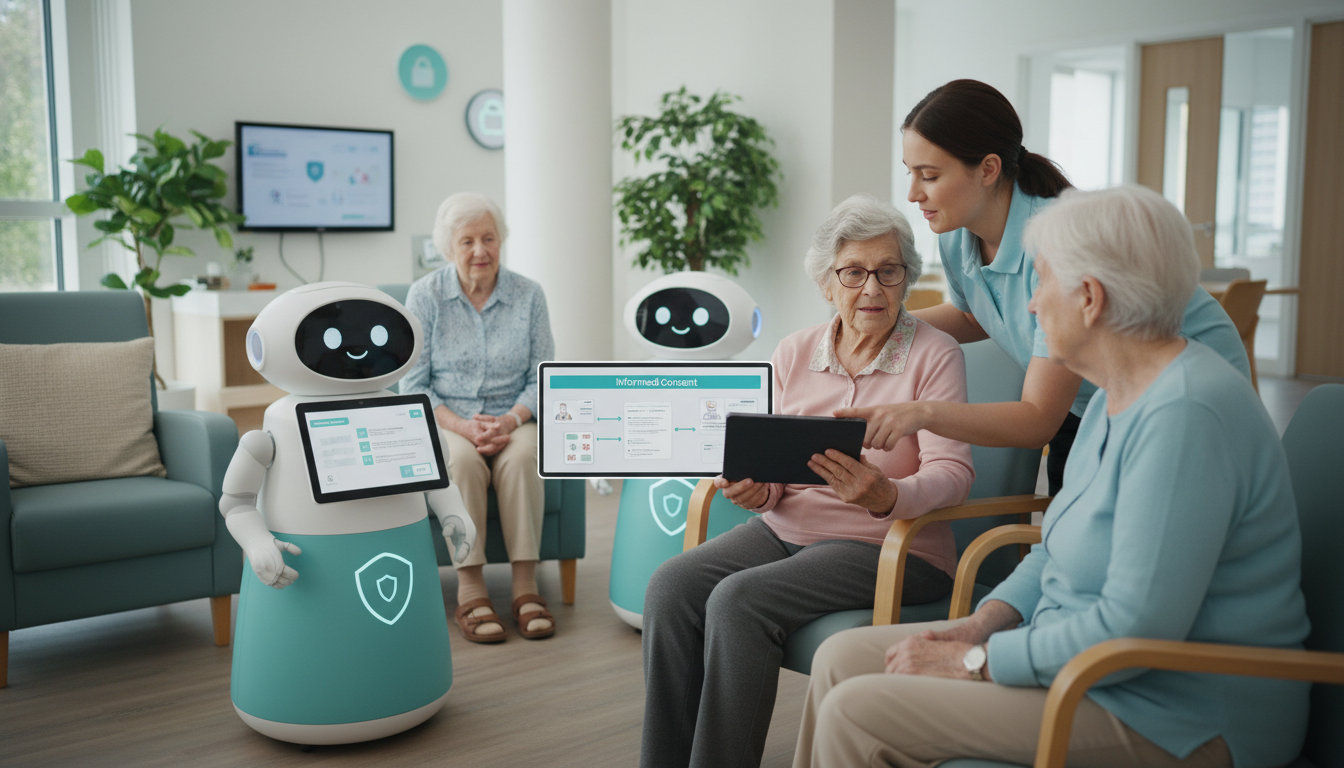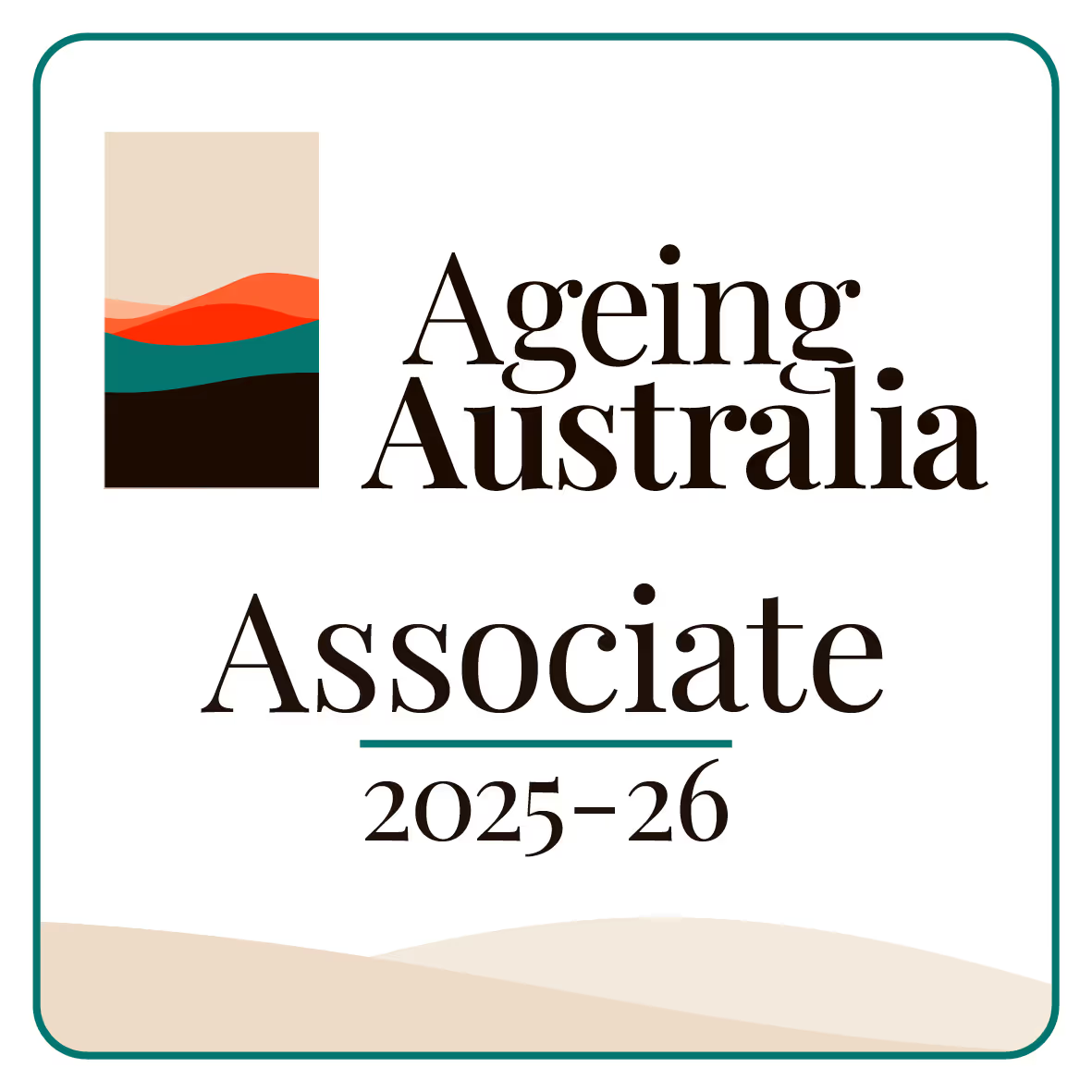When it comes to aged care, compassion and patience are the foundation. But in today’s care facilities, being good with people is just one part of the puzzle. Understanding technology has become just as important. From digital health records to monitoring systems, tech is changing how elderly care is delivered. So, how does technology training come into the picture? Let us break it down step by step.
Why Is Technology Important in Aged Care?
Aged care has grown far beyond handwritten charts and face-to-face updates. Today, care staff interact with aged care software and care facility IT systems every day. Whether it is logging medications, scheduling appointments, or even connecting residents with loved ones via video calls, technology plays a big role.
But here is the thing—without proper training, these tools are just fancy gadgets gathering dust. That is where technology training steps in. It equips you with the skills needed to confidently work with these systems, making your job smoother and improving care quality.
The Everyday Benefits of Tech Training for Healthcare Staff

Tech training is not just a one-and-done event. It creates long-term benefits that ripple through the entire facility.
1. Boosts Confidence in Using Tech Tools
Picture this: You are handed a tablet for patient updates, but you have never used one before. Awkward, right? Training helps eliminate that anxiety. It teaches you the basics—how to navigate the software, what to click, and when. Once you know the ropes, those tools stop feeling like a burden and start feeling like a real help.
2. Reduces Mistakes and Saves Time
Human error happens, but technology can minimize it—if you know how to use it correctly. For example, some aged care software can flag medication errors or missed appointments. Proper training ensures you catch these benefits without fumbling through the system. It is like switching from a paper map to GPS.
3. Improves Communication Among Staff
Tech tools make team communication easier. Whether you are updating patient charts, sending alerts, or scheduling shifts, training helps you use these systems effectively. This avoids misunderstandings and keeps everyone on the same page.
Common Tech Tools You Might Encounter in Aged Care
Electronic Health Records (EHRs)
Gone are the days of thick folders stuffed with paper. EHRs store patient information in one place, making it easy to access and update records. With proper training, you can find the info you need in a snap, from medical histories to daily notes.
Medication Management Software
These tools help you track prescriptions, dosages, and schedules. They reduce the risk of mix-ups, ensuring residents get the right medication at the right time.
Monitoring Devices
From wearable health trackers to remote monitoring systems, these devices alert staff to changes in a resident’s condition. Tech training ensures you know how to interpret the data and act quickly if something seems off.
How Training Improves Resident Care
At the end of the day, tech training is not just about making your job easier—it is about making life better for the residents.
1. More Personalized Care
With training, you can use tech tools to tailor care plans to each resident’s needs. For example, digital platforms let you track eating habits, mobility, or sleep patterns. This helps you adjust care routines based on actual data, not just guesswork.
2. Faster Emergency Responses
Imagine if a resident’s vitals drop suddenly. With monitoring systems in place and proper training, you can respond instantly, notifying the medical team and preventing a crisis.
3. Staying Connected with Families
Many aged care facilities now offer video calls and online updates for families. Tech training helps you facilitate these connections, giving loved ones peace of mind while strengthening resident-family relationships.
Challenges You Might Face and How to Overcome Them

Let us be honest—technology training is not always smooth sailing. You might face a few bumps along the way.
Fear of Technology
Many staff members feel intimidated by new systems. Remember, nobody is born tech-savvy. Training is designed to start with the basics and build from there. Do not hesitate to ask questions—there is no such thing as a silly one!
Time Constraints
Finding time for training can feel impossible in a busy schedule. However, many programs offer flexible sessions or even online options. Think of it as an investment that will save time in the long run.
System Glitches
Even the best software can act up. Training often includes troubleshooting tips, so you know what to do when technology decides to misbehave.
How to Get Started with Technology Training
Ready to dive into tech training? Here are a few steps to kick things off:
1. Talk to Your Facility’s IT Team
They can recommend training programs specific to the tools you use.
2. Join Workshops or Online Courses
Look for courses focused on aged care technology. Many of these are hands-on, making it easier to learn.
3. Practice, Practice, Practice
The best way to get comfortable with technology is to use it regularly. Ask for extra practice time or shadow someone who is already skilled.
The Role of Managers in Supporting Training
Managers play a big role in making sure staff gets proper training.
1. Scheduling Sessions
It is up to managers to coordinate training sessions that fit everyone’s busy day.
2. Encouraging Questions
An open-door policy makes staff feel more comfortable asking for help.
3. Leading by Example
When managers show interest in learning technology, it sets the tone for the entire team.
A Look into the Future of Aged Care Tech
As technology evolves, so will aged care practices. Artificial intelligence, robotics, and advanced monitoring systems are already being introduced in some facilities. Training ensures you stay ahead of the curve and continue providing the best care possible.
Conclusion
Technology training might sound like just another task on your to-do list, but it is so much more than that. It equips you with the skills to navigate the modern tools transforming aged care. From saving time to improving resident care, the benefits are well worth the effort. So, whether you are a nurse, caregiver, or manager, do not shy away from tech. Embrace it, learn it, and see how it can make your work life a little easier and your residents’ lives a lot better.










